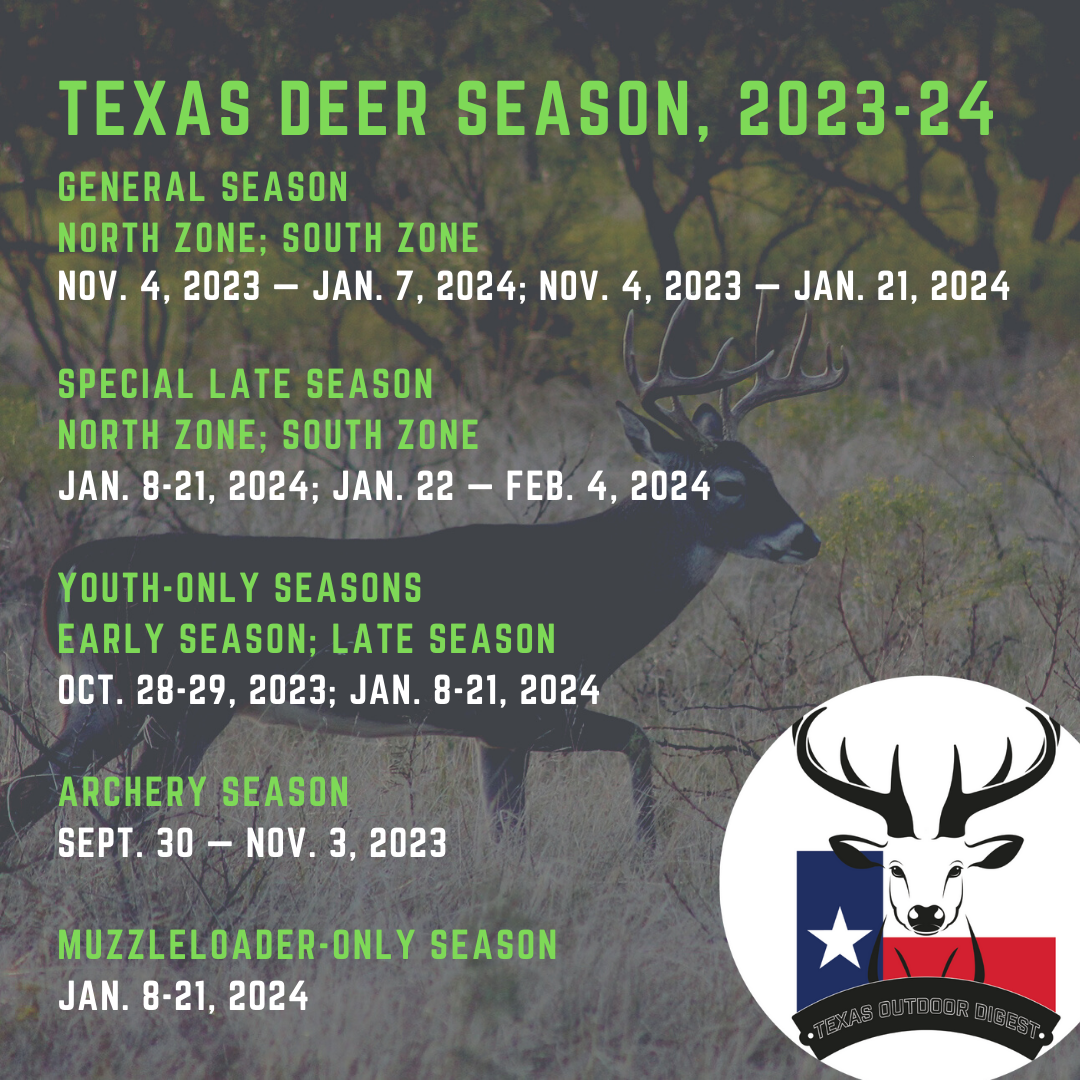
The misidentification occurred years ago by a teenage deer hunter, but the mistake still rings true many more seasons well into adulthood.
Every time I think about the scenario I still get a sinking feeling, and while I broke no law and did nothing illegal, I perpetrated a cardinal sin in hunting: I pulled the trigger on the wrong target.
Don’t get me wrong, our family processed the fat young whitetail buck and it provided dozens of meals – everything from sausage and steaks to stew meat – but the deer wasn’t the one I ultimately had hoped it would be, and the fault fell squarely on my shoulders for felling a specimen that couldn’t have been more than a couple of years old.
Like many hunters can attest, I too have gotten caught up in a case of “buck fever,” and rather than first inspecting the animal skulking through the brush with binoculars that November afternoon, I instead shouldered my rifle and decided without a doubt that it was another buck that I’d seen only hours before – a true mature deer that likely was at least two or three times as old as the former.
I could say that the deer’s headgear was mostly obscured by low-hanging oak branches, thicker and fuller that year due to heavier rains, and that the body sizes of the bucks were almost identical due to increased forage sources from said moisture at the right time, but that’s no defense.
I messed up, but like other learning scenarios in life, it provided an opportunity to glean the proper information from a mistake so that it doesn’t again surface.
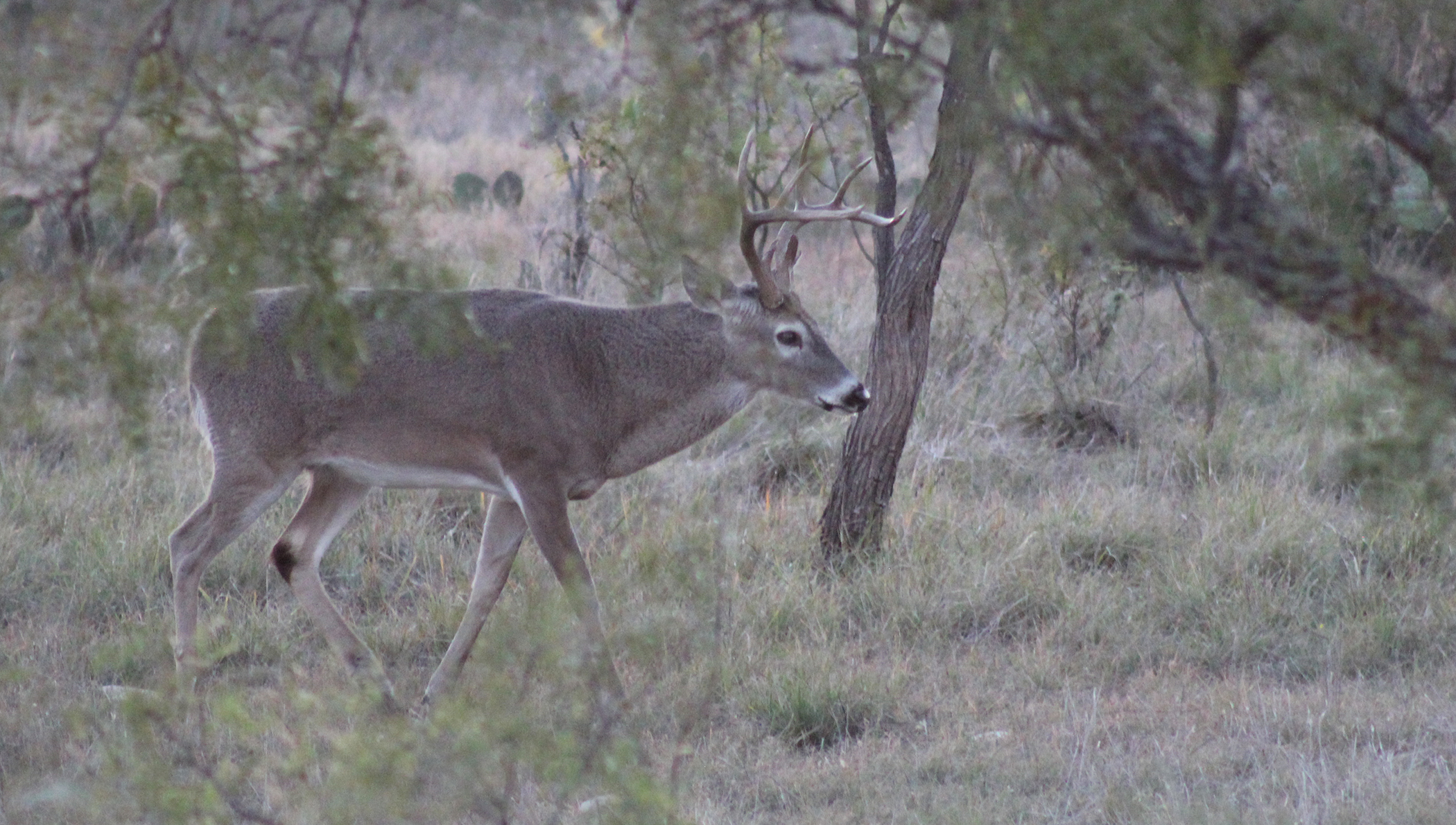
Now that deer season’s upon us — those with archery gear get the first crack the last Saturday of this month starting on Sept. 30, 2023, and the general firearm season begins as usual the first Saturday in November — it’s time to focus on your objectives for the upcoming pastime that will include roughly three-quarters of a million of your fellow hunters.
In past generations, it wasn’t uncommon for hunters to harvest the first buck they saw, whether that deer had two points or 12, but in today’s age of high-fence hunting, high-protein feeding and game-camera action 365 days a year, most hunters are looking for bigger and better. And in fact, there’s no wrong way to hunt, as long as it’s legal and ethical. If you just fill tags to fill the freezer or just want to hunt for the headgear, go for it.
Judging deer on the hoof is an easy proposition for biologists and land managers who spend most of the year around them, but for the average hunter, deciding how old a deer really is isn’t a walk in the park. It takes seeing a lot of critters and knowing what to look for. And as with my incident involving misidentification, few would criticize you for taking a younger buck, especially if it’s a down year for headgear and you’re also looking to stock a freezer for the year with a variety of venison cuts. Still, it’s good to know the ins and outs and deer identification, which is rooted simply in biology, and as with aging of other species, there are notable characteristics that easily differentiate a mature buck from a youngster.
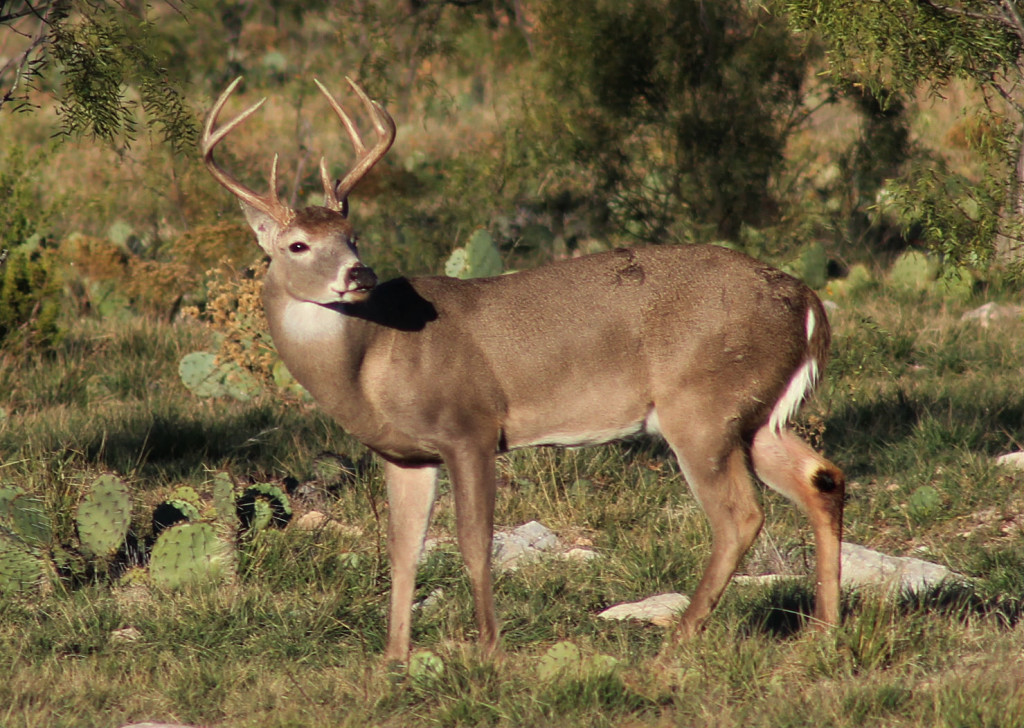
When inspecting a whitetail buck, the first aspect to examine is the overall body type. A younger deer will look lean and lanky, with a somewhat sleek appearance. This buck also would have skin that appears tighter than an older one and also would appear to have longer legs by comparison due to a lack of bulk. Younger deer seem more symmetrical to the naked eye as well.
The next places to check are the head and neck. Most free-ranging young bucks obviously aren’t going to have the age to have produced larger antlers yet, but don’t let that fool you, as some younger deer can have the genes to put on big horns quickly. A younger deer’s face also appears leaner than that of an older buck, with what appears to be a straight nose profile. A younger buck’s neck also would appear leaner, though during the rut they will swell and grow as competition for does increases. However, this time of year across the state, the necks of younger bucks may not even be wider than the deer’s face, a sure sign of a young deer, and the necks of younger animals typically are more clearly defined as to where they end and the chest and shoulders begin.
Other places to check for indicators are the shoulder and chest, and on a younger buck they will appear to be as large and heavy as the hindquarters, if not a little smaller.
When it comes to a mature deer, it’s hard to not see the differences, especially if there is a younger buck nearby that can serve as a comparison, and older bucks undergo distinct changes as they age. Upon first overall glance, a mature whitetail buck will look much more muscular from head to toe, so much so that their legs almost appear shorter than those of younger deer.
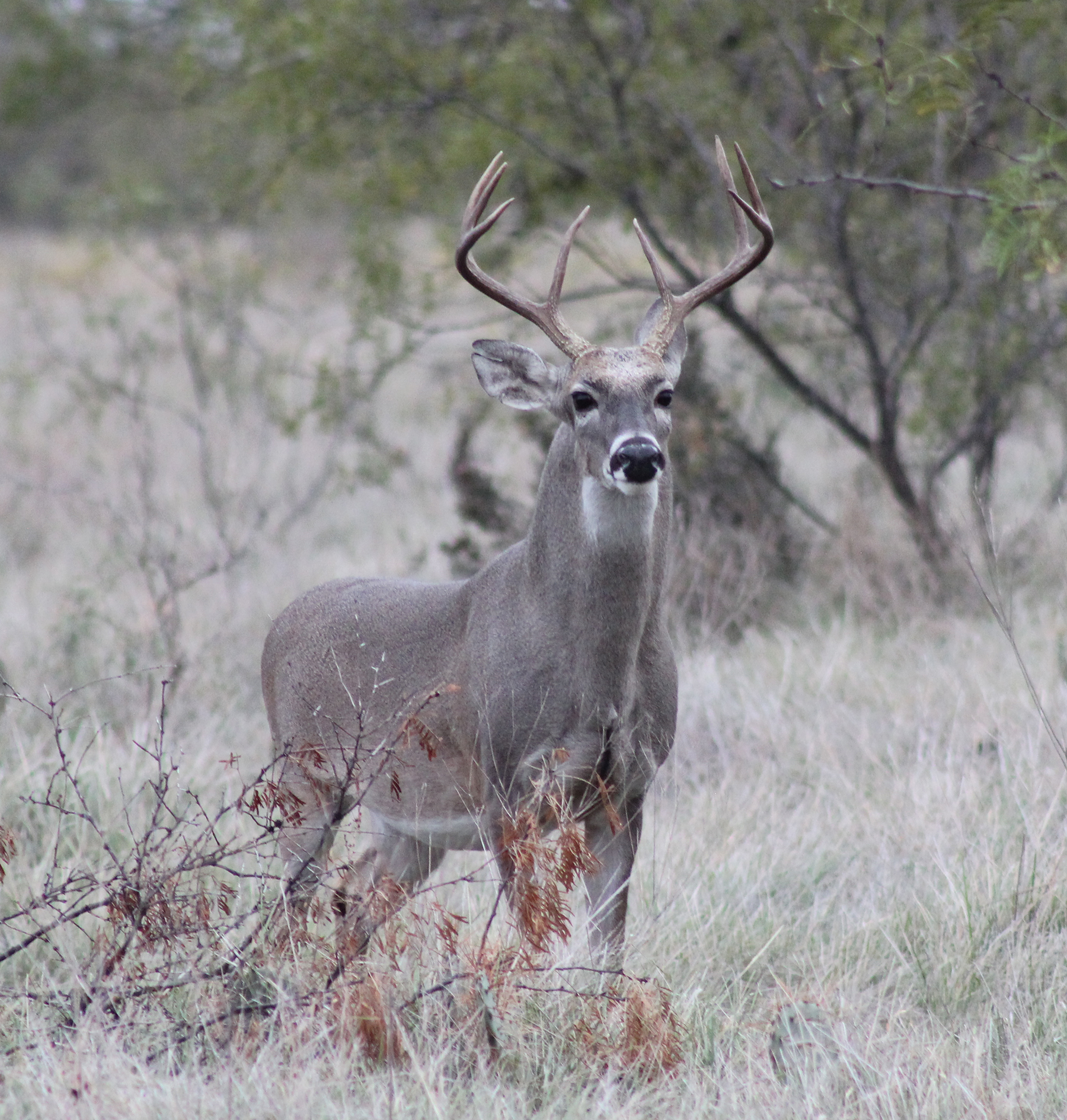
In contrast to a younger buck, the mature deer will have sags, specifically in its skin and belly, and some older deer will sport a distinct potbelly.
Like the face of a younger buck, the mature deer will have distinct characteristics, notably a Roman nose with a much deeper and fuller profile, and it’s not uncommon for older deer to have a variety of wounds around the head area. The mature deer’s neck is fuller and appears swollen, especially during the rut, and typically appears to blend with the shoulders and chest. The shoulders and chest of an older deer also appear heavier and thicker than the hindquarters, with some deer having such a heavy front end that their front legs almost appear too short for their bodies.
One characteristic to look for is a deer’s tarsal glands, which during the rut look large and dark with the back legs of some bucks appearing almost entirely black, typically a tell-tale sign of an older deer. The behavior to key on during the rut in particular is the dominance factor, with mature bucks chasing younger deer away from potential mates, in addition to constantly marking their territory with scrapes on trees and in the dirt.
The deer hunting forecast in Texas again is great. Now that you know what to look for, perhaps this is the year you hold off longer on pulling the trigger and are rewarded with your best buck, too, whatever that particular specimen may look like.
Tracking of wounded game the responsibility of ethical Texas hunters
2023-24 Texas Deer Seasons
General Season
North Zone; South Zone
Nov. 4, 2023 — Jan. 7, 2024; Nov. 4, 2023 — Jan. 21, 2024
Special Late Season
North Zone; South Zone
Jan. 8-21, 2024; Jan. 22 — Feb. 4, 2024
Youth-Only Seasons
Early Season; Late Season
Oct. 28-29, 2023; Jan. 8-21, 2024
Archery Season
Sept. 30 — Nov. 3, 2023
Muzzleloader-Only Season
Jan. 8-21, 2024
















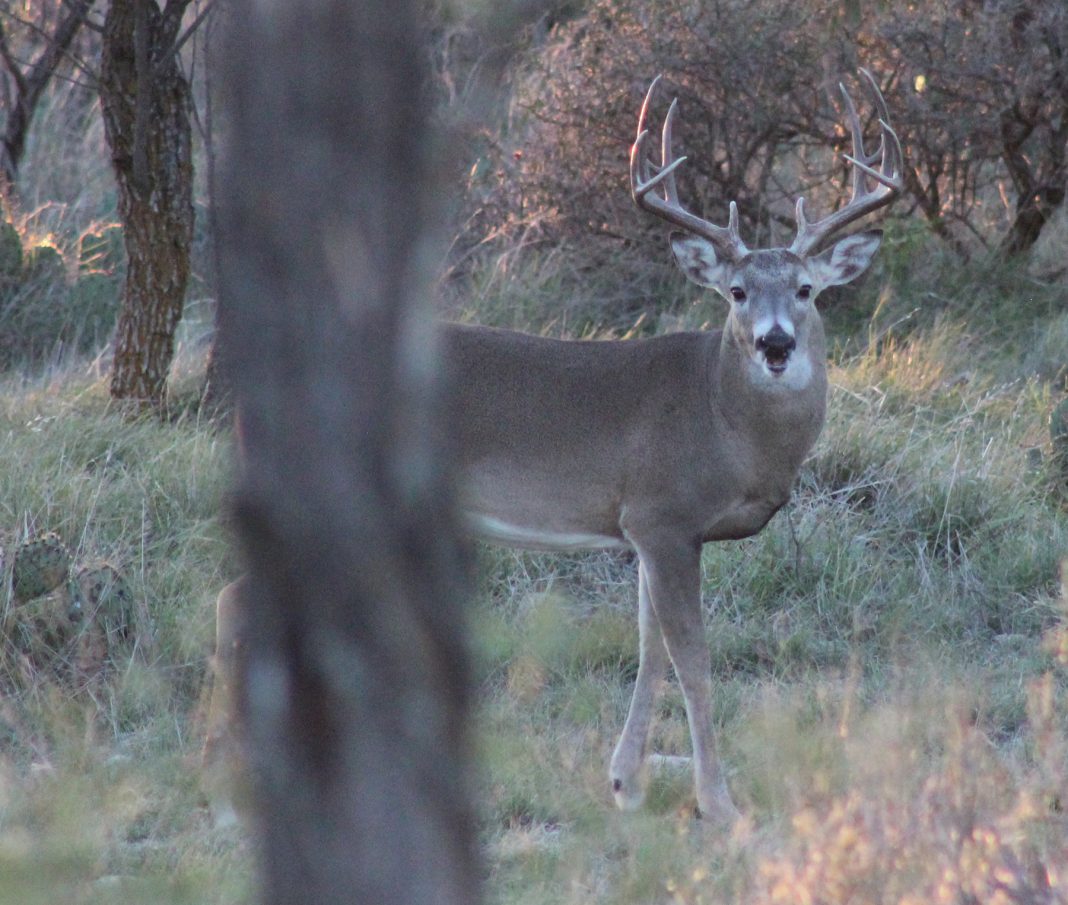


Hi Will!
You have shared the detailed description of the right kind of deer to hunt. Thanks for this wonderful post.